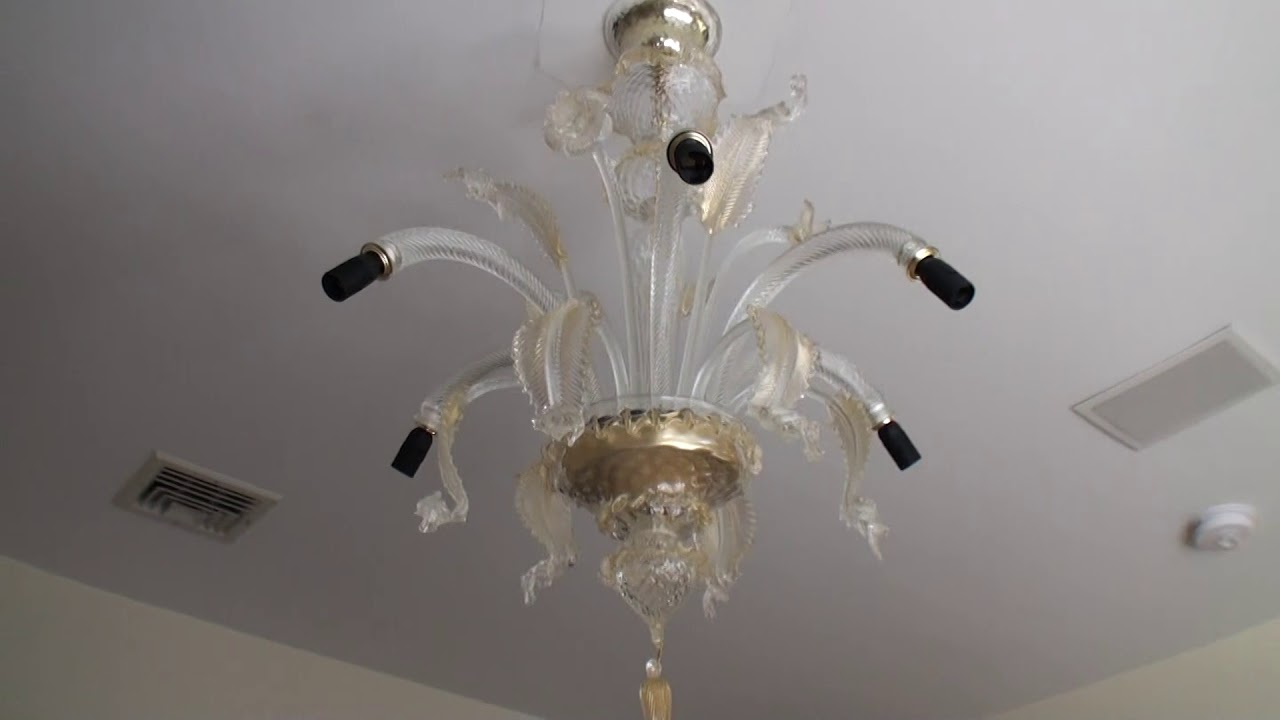

Furniture
What Is An Italian Chandelier
Modified: February 24, 2024
Discover the elegance and grandeur of Italian chandeliers. Enhance your home decor with exquisite furniture pieces that exude charm and sophistication.
(Many of the links in this article redirect to a specific reviewed product. Your purchase of these products through affiliate links helps to generate commission for Storables.com, at no extra cost. Learn more)
Introduction
Welcome to the world of Italian chandeliers, where timeless elegance meets exquisite craftsmanship. Italian chandeliers have long been renowned for their intricate designs, luxurious materials, and ability to transform any space into a stunning showcase of light and beauty.
Originating in Italy during the Renaissance period, Italian chandeliers were initially used in grand palaces and noble residences to add a touch of opulence and grandeur. Over the centuries, they have evolved into statement pieces that not only illuminate a space but also serve as works of art, captivating all who gaze upon them.
Whether you’re an interior design enthusiast or simply appreciate the beauty of fine craftsmanship, this article will take you on a journey through the world of Italian chandeliers. We’ll explore their rich history, the materials used in their construction, the characteristics and design elements that make them unique, and even provide tips on maintaining and caring for these exquisite pieces.
So, prepare to be dazzled as we delve into the fascinating world of Italian chandeliers and discover why they continue to be a symbol of timeless elegance and sophistication.
Key Takeaways:
- Italian chandeliers are timeless symbols of elegance and luxury, evolving from the Renaissance period to become mesmerizing works of art that transform any space into a stunning showcase of light and beauty.
- The careful selection of materials, such as crystal, metal, glass, porcelain, and textiles, combined with the mastery of Italian artisans, results in Italian chandeliers that are visually stunning, enduring in quality, and valuable.
Read more: What Kind Of Seeds Are In Italian Sausage
History of Italian Chandeliers
The history of Italian chandeliers dates back to the 14th century when they were first introduced as a means to illuminate large spaces such as churches and palaces. The initial designs were simple and functional, consisting of a wooden or metal frame with candles attached to it.
However, during the Renaissance period, Italian chandeliers underwent a significant transformation. With advancements in technology and design, they evolved into elaborate works of art, incorporating intricate metalwork, crystal embellishments, and ornate details.
One of the most influential periods in the development of Italian chandeliers was the Baroque era. Known for its opulence and extravagance, the Baroque style heavily influenced chandelier design, with a focus on ornate details, grand proportions, and the use of precious materials.
During the 18th and 19th centuries, Italian chandeliers continued to evolve, taking inspiration from different design movements such as Neoclassical, Rococo, and Art Nouveau. Each movement brought its own distinct style and aesthetic, adding to the diverse range of Italian chandeliers available.
Italian chandeliers also played a significant role in the history of lighting technology. In the 18th century, glass-blowing techniques improved, allowing for the production of fine crystal components that added a luminous sparkle to the chandeliers. This led to the emergence of crystal chandeliers, which became synonymous with Italian craftsmanship and luxury.
Today, Italian chandeliers continue to be highly sought after for their historical significance and exquisite craftsmanship. From traditional designs that pay homage to the past to contemporary interpretations that blend modern aesthetics with classic elements, Italian chandeliers remain an enduring symbol of elegance and sophistication.
Materials Used in Italian Chandeliers
Italian chandeliers are known for their exquisite craftsmanship, and the choice of materials plays a crucial role in their overall design and beauty. Here are some of the materials commonly used in the creation of Italian chandeliers:
- Crystal: Crystal is perhaps the most iconic material used in Italian chandeliers. The use of crystal components, such as prisms and pendants, adds a mesmerizing sparkle and elegance to the chandelier. Italian crystal chandeliers often feature high-quality lead crystal, known for its exceptional clarity and light-refracting properties.
- Metal: Metal, particularly brass and wrought iron, is widely used in Italian chandeliers. These metal elements provide the framework and support for the chandelier, giving it strength and stability. Metal components are often intricately crafted with decorative details, such as scrolls, leaves, and floral motifs, adding a touch of sophistication and charm.
- Glass: In addition to crystal, Italian chandeliers may feature various types of glass, such as Murano glass. Murano glass is a renowned type of hand-blown glass originating from the island of Murano in Venice, Italy. It is prized for its vibrant colors, elaborate patterns, and exquisite craftsmanship.
- Porcelain: Porcelain is another material commonly used in Italian chandeliers, particularly for accenting and detailing. Delicate porcelain flowers, figures, or decorative elements are handcrafted and carefully placed on the chandelier, adding a touch of elegance and whimsy.
- Textiles: Some Italian chandeliers incorporate textile elements, such as silk or organza lampshades. These fabric shades soften the light emitted by the chandelier, creating a warm and inviting atmosphere.
- Wood: Though not as prominent as other materials, wood can be used to accentuate certain parts of Italian chandeliers. Wooden elements often undergo intricate carving and gilding processes, enhancing the overall aesthetic appeal.
The combination of these materials, along with the skilled craftsmanship of Italian artisans, results in chandeliers that are not only visually stunning but also have a luxurious and timeless appeal. Whether you prefer the brilliance of crystal, the richness of metalwork, or the delicate beauty of porcelain, Italian chandeliers offer a wide range of options to suit different design preferences and aesthetics.
Characteristics and Design Elements of Italian Chandeliers
Italian chandeliers are known for their distinct characteristics and design elements that set them apart from other styles. These features contribute to their unique beauty and timeless elegance. Here are some of the key characteristics and design elements commonly found in Italian chandeliers:
- Elaborate Designs: Italian chandeliers are often characterized by their intricate and elaborate designs. From cascading crystal drops to ornate metalwork, these chandeliers exude opulence and grandeur.
- Multiple Tiers: Many Italian chandeliers are designed with multiple tiers, creating a stunning visual impact. Each tier may feature different levels of lighting, making the chandelier a focal point in any space.
- Traditional and Classic Motifs: Italian chandeliers often incorporate traditional and classic motifs inspired by nature, such as leaves, flowers, and vines. These motifs are meticulously crafted, adding a sense of grace and beauty to the chandelier.
- Balancing Symmetry: Symmetry is a key design principle in Italian chandeliers. The arrangement of crystal drops, pendant lights, and metal arms is carefully balanced to create a harmonious and pleasing aesthetic.
- Grand Scale: Italian chandeliers are often large and imposing, making them a statement piece in any room. Their grand scale adds an air of sophistication and drama to the space they adorn.
- Glittering Crystals: Crystals are a signature feature of Italian chandeliers. The use of high-quality, multifaceted crystals reflects and refracts light, creating a dazzling display that sparkles and enchants.
- Artisanal Craftsmanship: Italian chandeliers are meticulously handcrafted by skilled artisans who have honed their craft for generations. Each piece is a testament to the dedication and expertise of these artisans, resulting in a chandelier of exceptional quality and beauty.
These characteristics and design elements come together to create Italian chandeliers that are unrivaled in their beauty and elegance. Whether adorning a grand ballroom, a luxurious dining room, or a stylish foyer, these chandeliers command attention and add a touch of timeless charm and sophistication to any space.
When looking for an Italian chandelier, consider the style and design that best fits your space. Italian chandeliers are known for their intricate details and craftsmanship, so be sure to choose one that complements your decor.
Famous Italian Chandelier Styles
The world of Italian chandeliers is rich with a variety of styles, each with its own unique charm and design elements. Here are some of the most famous Italian chandelier styles:
- Baroque: The Baroque style has had a significant influence on Italian chandelier design. Characterized by its opulence and grandeur, Baroque chandeliers feature intricate metalwork, elaborate details, and cascading crystal drops.
- Neoclassical: Neoclassical chandeliers draw inspiration from classical Greek and Roman design. These chandeliers often feature clean lines, symmetrical shapes, and a balance between metal and crystal elements, creating an elegant and refined aesthetic.
- Rococo: Rococo-style chandeliers are known for their whimsical and playful designs. They feature intricate scrollwork, floral motifs, and a profusion of curved lines. Rococo chandeliers are often adorned with colorful crystals or porcelain accents.
- Murano Glass: Murano glass chandeliers are a true testament to Venetian craftsmanship. Hand-blown on the island of Murano, these chandeliers feature vibrant and intricate glass components, available in a wide range of colors and patterns.
- Florentine: Florentine chandeliers embrace a more traditional and timeless style. They often feature ornate metalwork, crystal accents, and classic motifs such as acanthus leaves, scrolls, and floral patterns.
- Empire: Empire-style chandeliers gained popularity during the Napoleonic era. Influenced by Ancient Roman and Egyptian design, these chandeliers exude grandeur and sophistication. They are characterized by their straight lines, geometric shapes, and the use of crystal pendants and glass beads.
- Contemporary: Contemporary Italian chandeliers combine modern aesthetics with classic design elements. They feature sleek lines, minimalist forms, and innovative use of materials. Contemporary chandeliers are ideal for those seeking a fusion of traditional and modern design.
Each of these Italian chandelier styles offers its own unique beauty and charm, allowing you to find the perfect match for your personal taste and the ambiance you desire to create in your space. Whether you prefer the ornate and grandeur of Baroque or the sleek and minimalistic style of contemporary design, there is an Italian chandelier style to suit every preference.
Read more: What Is A Chandelier
Maintenance and Care for Italian Chandeliers
Italian chandeliers are not just beautiful works of art but also valuable investments that require proper maintenance and care to ensure their longevity and continued brilliance. Here are some tips to help you maintain and care for your Italian chandelier:
- Regular Dusting: Dust your chandelier regularly using a soft, dry cloth or a gentle feather duster. This will prevent dust build-up on the crystals, metal, and other components, keeping your chandelier looking pristine.
- Clean Crystals Carefully: To clean the crystals, prepare a mild solution of dish soap and warm water. Dip a soft cloth or sponge into the solution and gently wipe each crystal, being careful not to apply excessive pressure. Rinse with clean water and pat dry with a soft cloth.
- Avoid Harsh Cleaners: Avoid using harsh chemical cleaners or abrasive materials on your chandelier, as they can damage the finish and the crystals. Stick to mild cleaning solutions and soft cloths to maintain the chandelier’s integrity.
- Tighten Loose Parts: Over time, the vibrations from the chandelier can cause screws and other fasteners to become loose. Periodically check and tighten any loose parts to ensure the chandelier remains stable and secure.
- Consider Professional Cleaning: If your chandelier has intricate detailing or large crystals that are difficult to clean, consider hiring a professional chandelier cleaner. They have the expertise and tools to clean your chandelier safely and effectively.
- Protect from Excessive Heat and Moisture: Avoid placing your chandelier in areas of extreme heat or moisture, as this can damage the finish and the electrical components. It is best to keep your chandelier in a well-ventilated and dry area.
- Ensure Proper Installation: When installing or moving your chandelier, always follow the manufacturer’s instructions or consult a professional. This will help prevent damage and ensure the chandelier is securely mounted.
- Regular Inspections: Periodically inspect your chandelier for any signs of damage, such as loose or broken crystals, tarnished metal, or faulty wiring. Address any issues promptly to prevent further damage and maintain the chandelier’s safety.
By following these maintenance and care tips, you can keep your Italian chandelier looking its best and ensure it remains a stunning centerpiece in your space for years to come. Remember, proper care and attention will preserve its beauty, allowing you to enjoy the enchanting radiance of your Italian chandelier for generations.
Where to Buy Italian Chandeliers
Italian chandeliers are highly sought after for their exquisite craftsmanship and timeless beauty. If you’re looking to purchase an Italian chandelier, here are some places where you can find a wide selection:
- Specialty Lighting Stores: Visit specialty lighting stores that focus on high-end and luxury lighting fixtures. These stores often carry a curated collection of Italian chandeliers, showcasing a variety of styles and designs.
- Antique Shops and Auctions: Antique shops and auctions can be a treasure trove for finding unique and vintage Italian chandeliers. These venues offer a chance to discover one-of-a-kind pieces with historical significance.
- Online Retailers: Explore online retailers that specialize in luxury lighting fixtures. They often have a wide range of Italian chandeliers to choose from, allowing you to browse and compare different styles and prices from the comfort of your own home.
- Professional Interior Design Showrooms: Many professional interior design showrooms carry a selection of high-quality Italian chandeliers. These showrooms offer personalized assistance from design experts who can guide you in selecting the perfect chandelier for your space.
- Directly from Italian Manufacturers: Consider reaching out to Italian manufacturers directly. They can provide you with information about authorized retailers or offer the option to purchase directly from their showroom or workshop in Italy.
- Trade Shows and Exhibitions: Attend trade shows and exhibitions focused on lighting and interior design. These events often feature a wide display of Italian chandeliers from various manufacturers, allowing you to see the latest trends and designs in person.
- Interior Design Professionals: Collaborate with an interior design professional who has access to a network of resources. They can help you source the perfect Italian chandelier and provide valuable insights on design, quality, and installation.
When purchasing an Italian chandelier, it’s essential to ensure that you’re buying from reputable sources that offer authentic and high-quality pieces. Look for certifications or guarantees of authenticity, and read reviews or seek recommendations to ensure a reliable and satisfactory buying experience.
Investing in an Italian chandelier not only adds a touch of luxury and sophistication to your space but also embraces the rich heritage of Italian craftsmanship. With the right resources and guidance, you can find the perfect Italian chandelier that will become a cherished centerpiece in your home or business.
Conclusion
Italian chandeliers are more than just lighting fixtures; they are timeless symbols of elegance, craftsmanship, and luxurious design. With their rich history, exquisite materials, intricate designs, and a wide range of styles, Italian chandeliers continue to capture the attention and admiration of art enthusiasts, interior designers, and homeowners alike.
From the Renaissance period to the present, Italian chandeliers have evolved into pieces of art that transform any space into a mesmerizing display of light and beauty. Whether you prefer the opulence of Baroque or the contemporary fusion of modern and classic design elements, there is an Italian chandelier style to suit every taste and aesthetic.
The careful selection of materials, such as crystal, metal, glass, porcelain, and textiles, contributes to the exceptional brilliance and craftsmanship of Italian chandeliers. These materials, combined with the mastery of Italian artisans, result in chandeliers that are not only visually stunning but also enduring in their quality and value.
Maintaining and caring for your Italian chandelier is essential to preserve its beauty and ensure its longevity. Regular dusting, careful cleaning of crystals, and attention to loose parts will help extend the life of your chandelier and keep it looking its best for years to come.
When it comes to finding the perfect Italian chandelier, there are several options available. Specialty lighting stores, antique shops, online retailers, and professional showrooms offer a wide selection of styles and designs to suit various preferences and budgets. Consider consulting with interior design experts or reaching out to Italian manufacturers directly for a more personalized and tailored experience.
Whether you choose an Italian chandelier for a grand ballroom, a formal dining room, or a luxurious foyer, its captivating presence will enhance the ambiance and elevate the overall aesthetic of your space. With careful consideration and a touch of Italian craftsmanship, an Italian chandelier can become the centerpiece that illuminates your home or business with timeless elegance.
So, embrace the allure of Italian chandeliers and let their radiant glow bring beauty and sophistication to your surroundings. Invest in a piece of history and artistry that will be cherished for generations to come.
Frequently Asked Questions about What Is An Italian Chandelier
Was this page helpful?
At Storables.com, we guarantee accurate and reliable information. Our content, validated by Expert Board Contributors, is crafted following stringent Editorial Policies. We're committed to providing you with well-researched, expert-backed insights for all your informational needs.

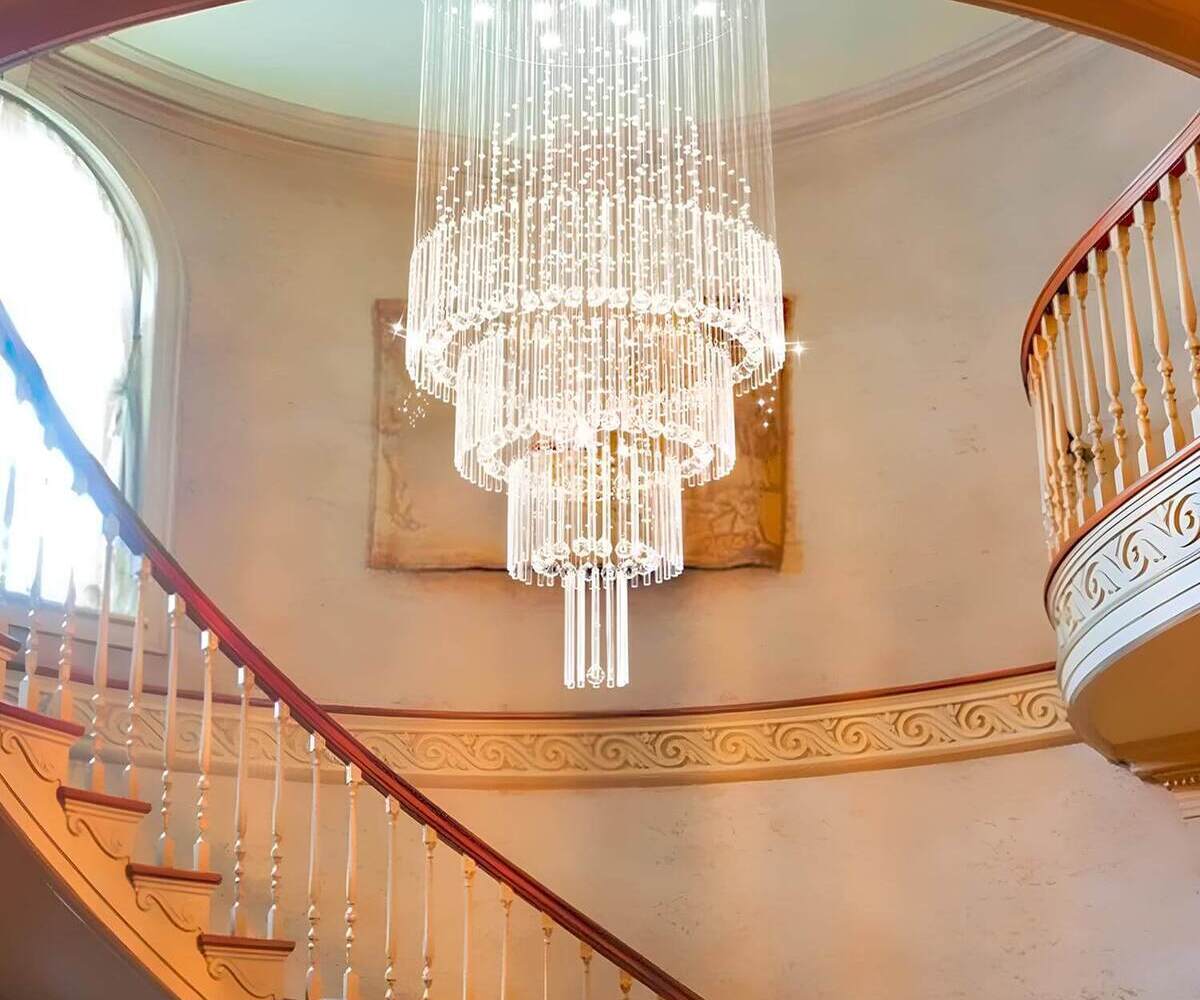
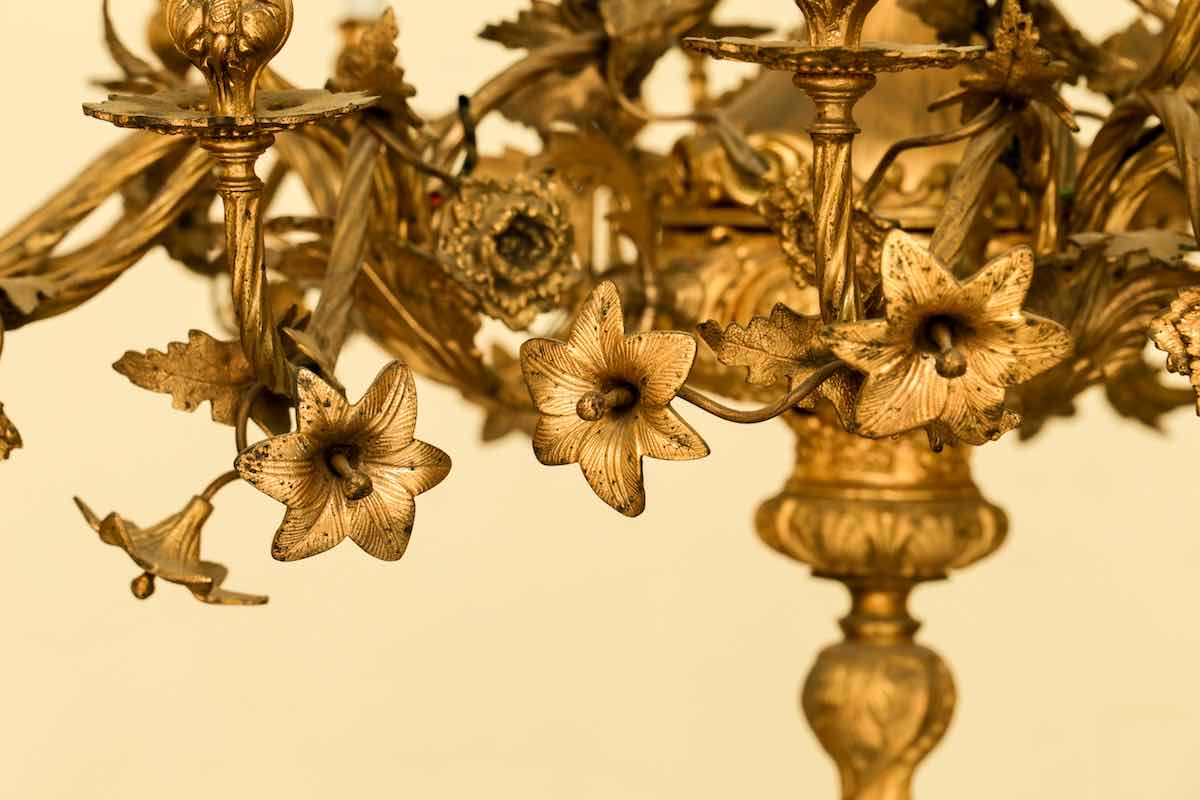
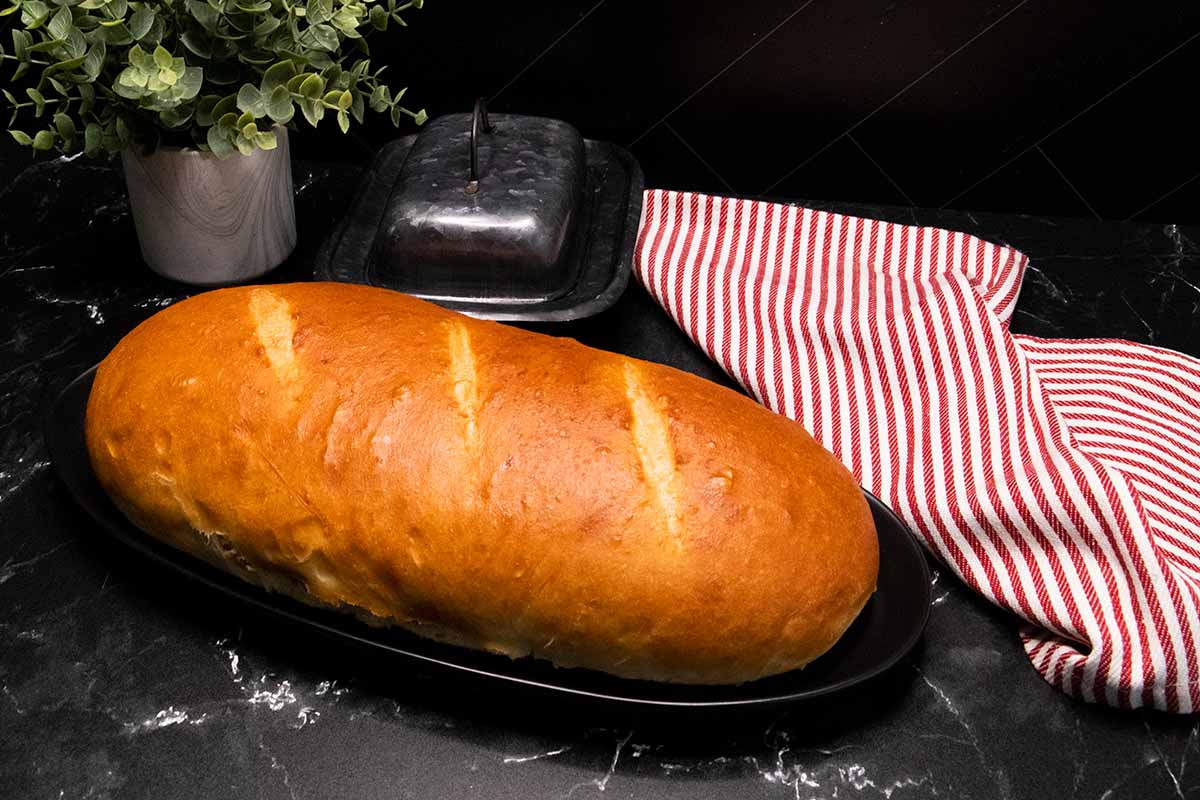

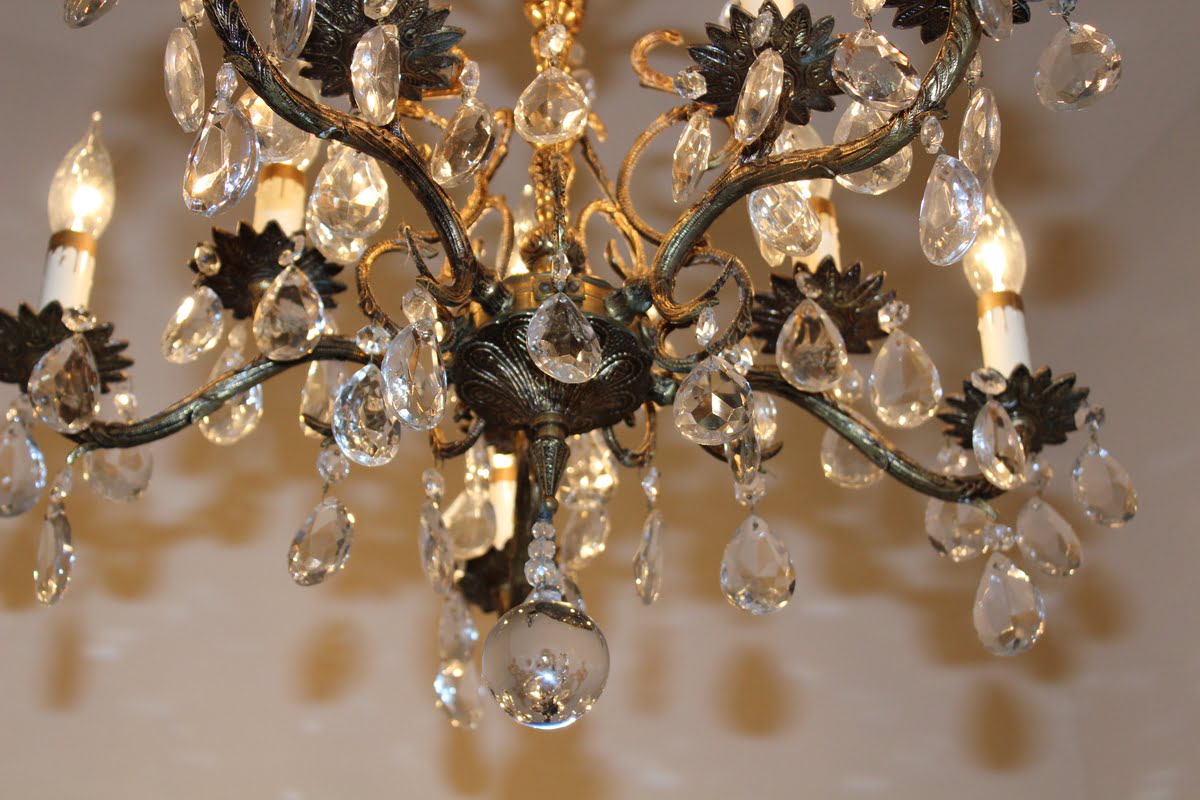
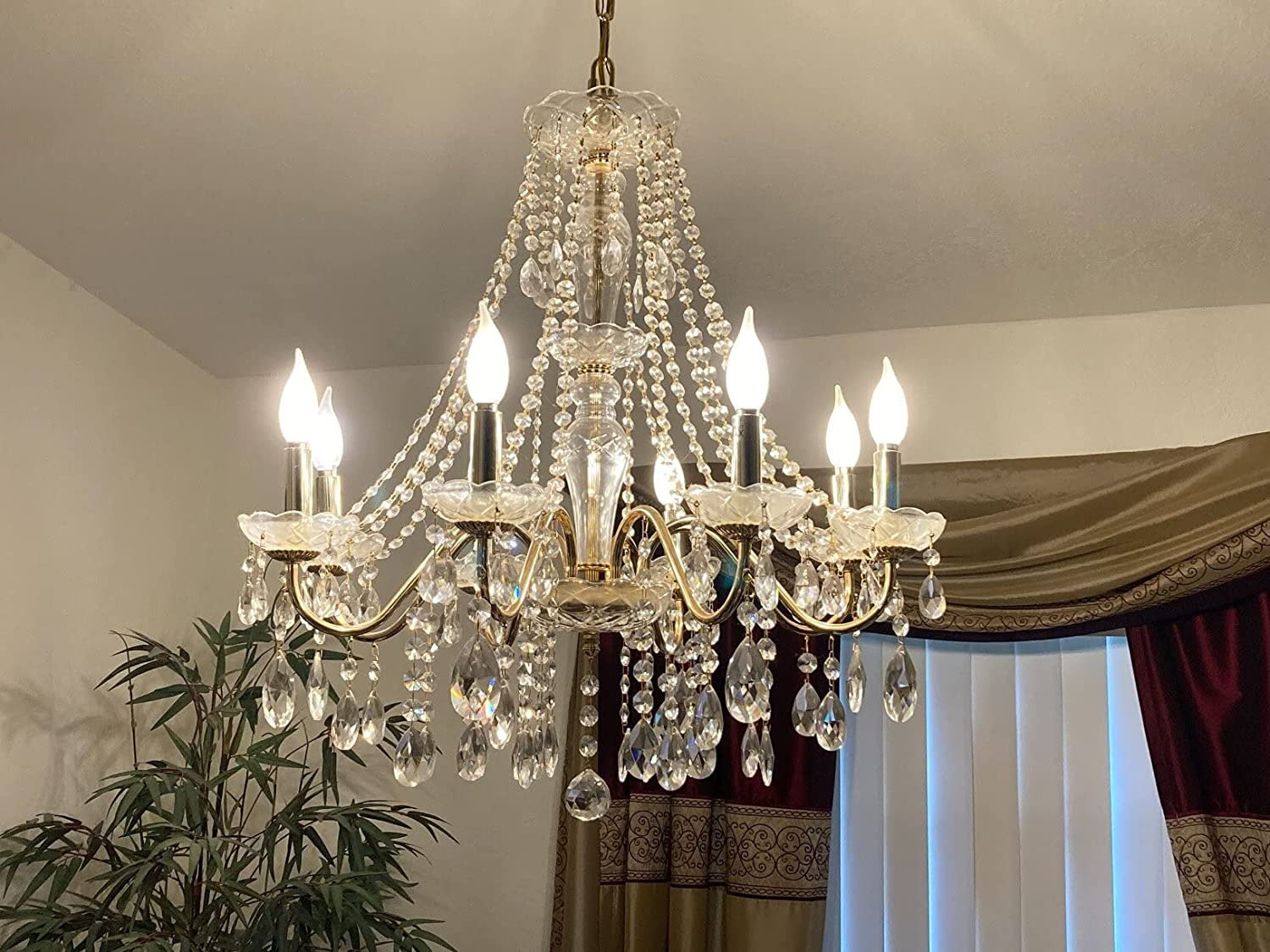
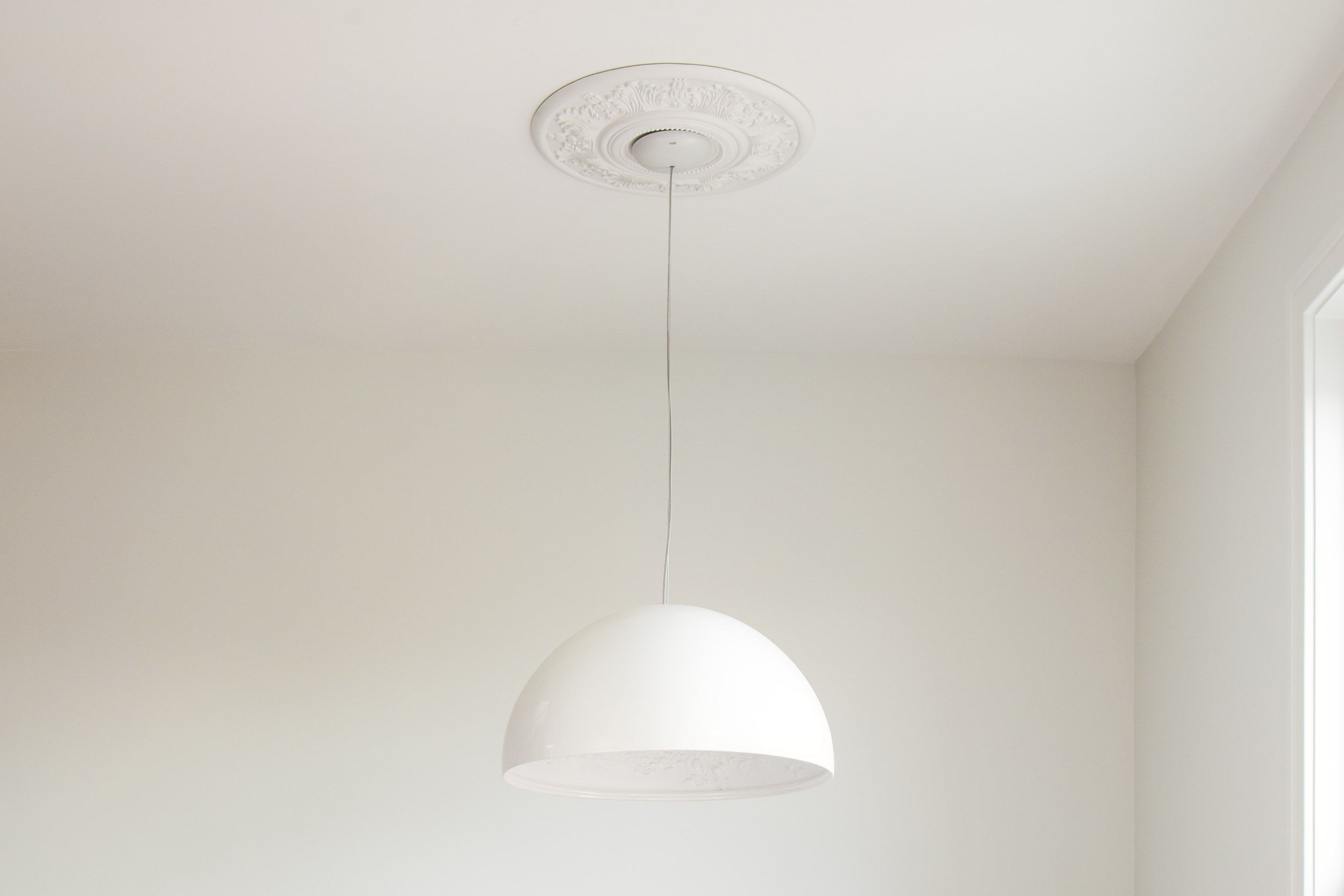

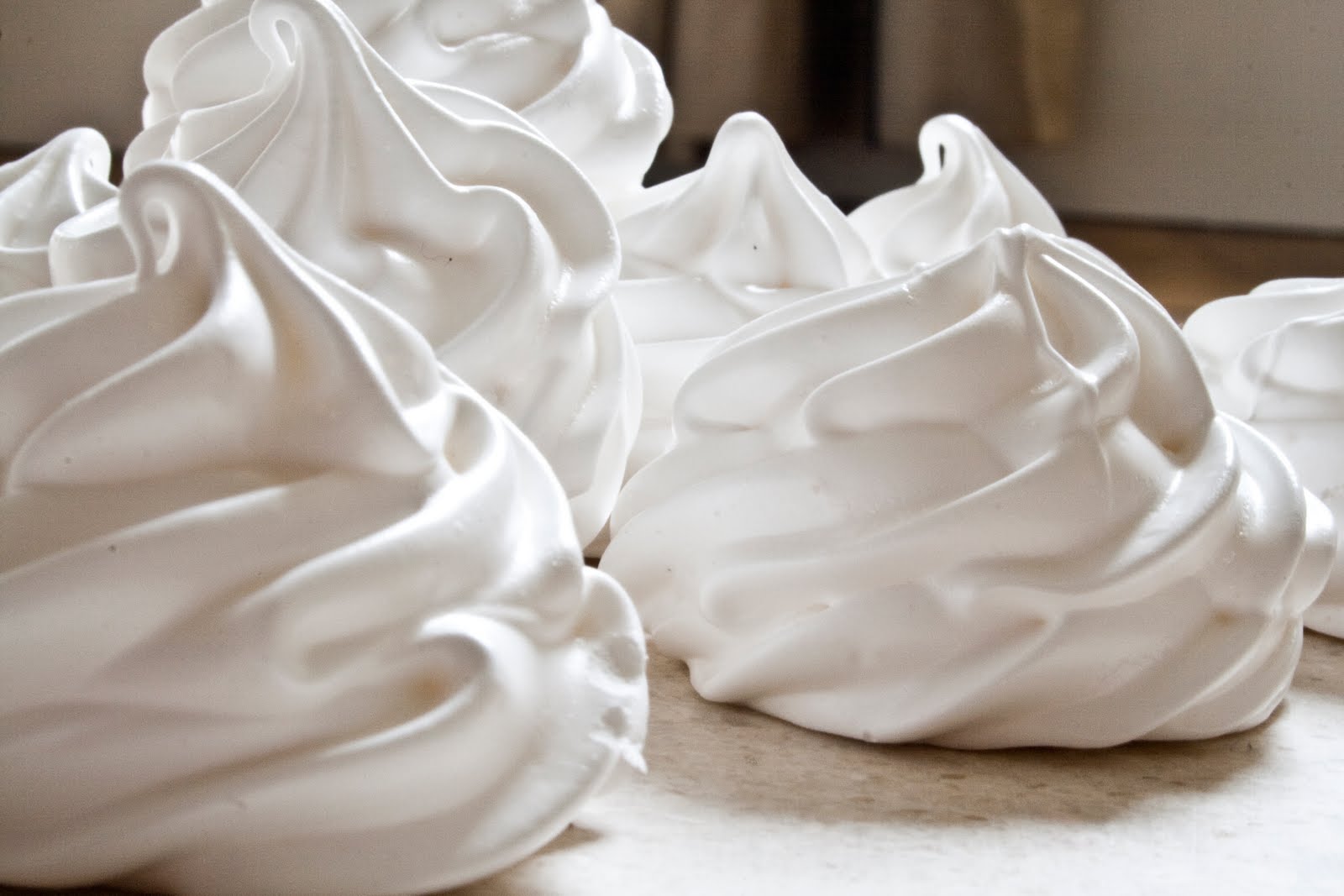

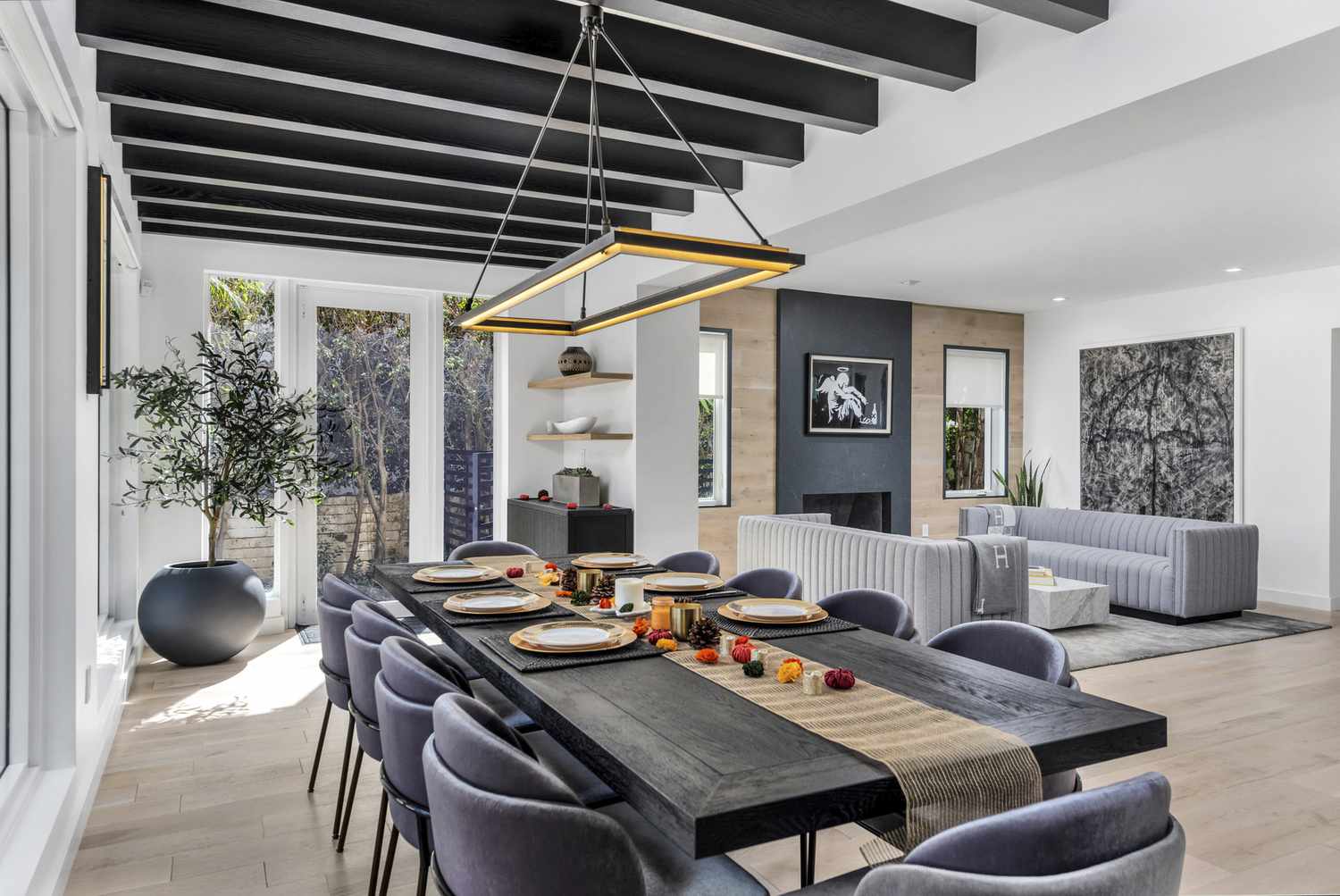
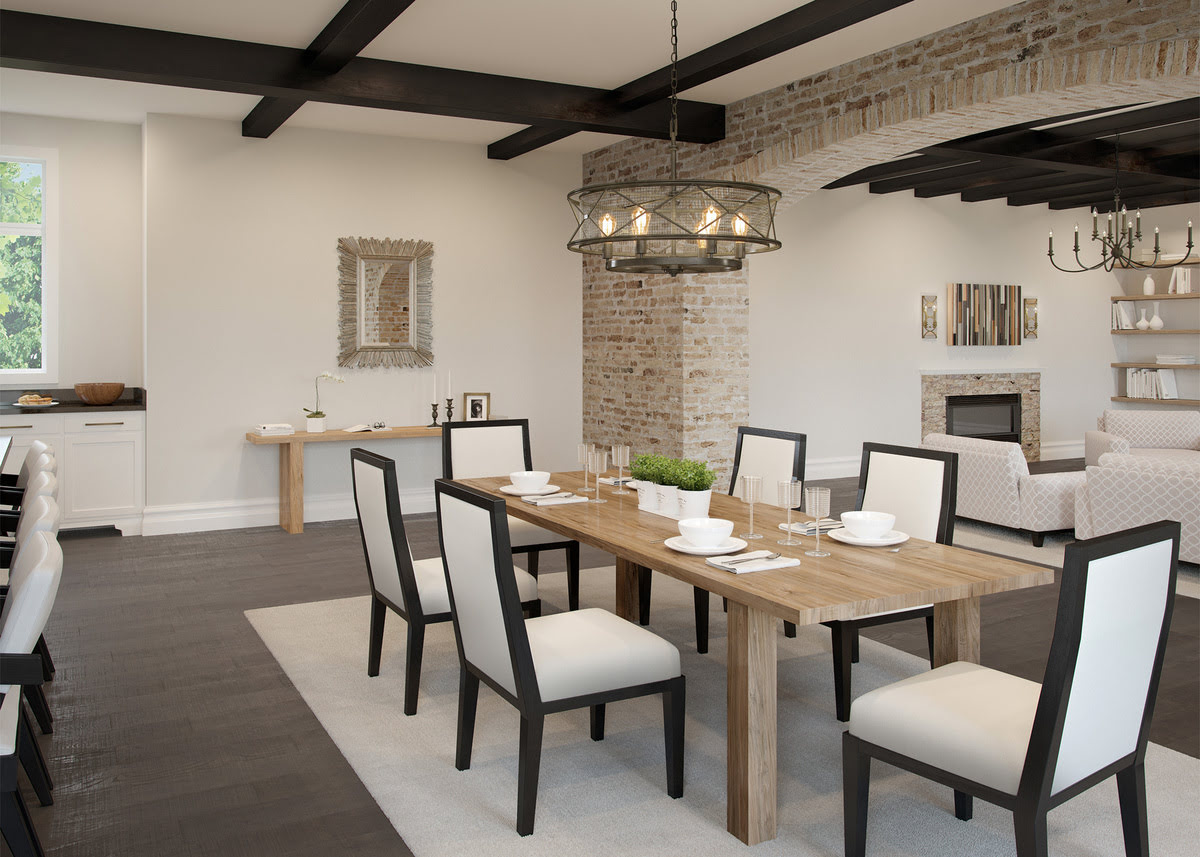


0 thoughts on “What Is An Italian Chandelier”